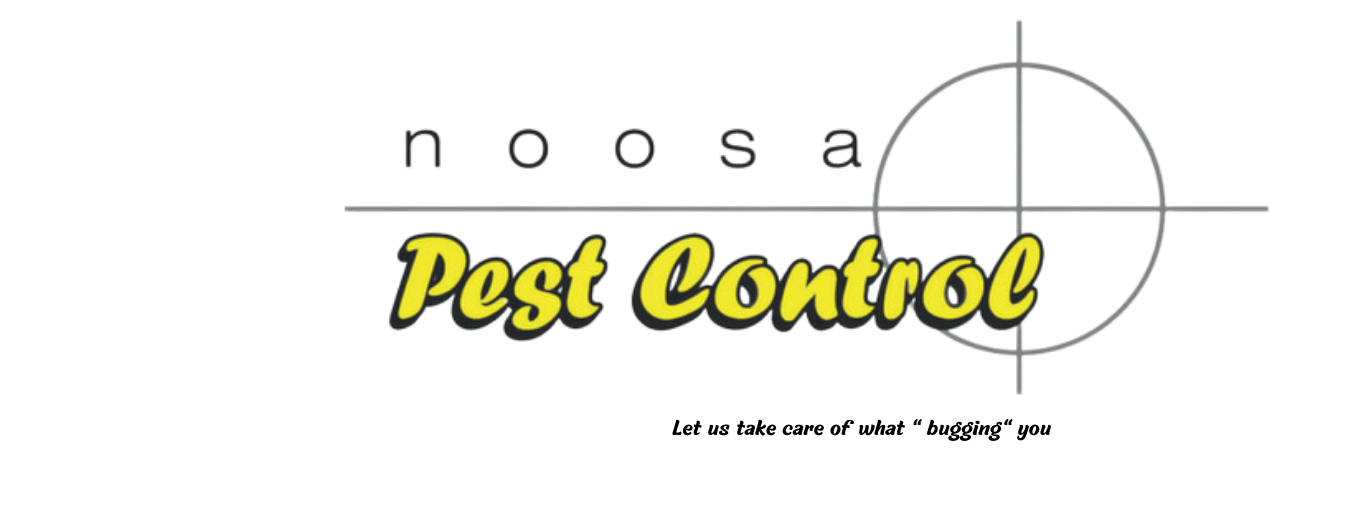SERVICES
General Pest
At Noosa Pest Control we offer a wide variety of services to suit each and every individual household.
We specialise in the following services:
We strongly recommend having your household or commercial spaces treated every 6 months to significantly reduce the chance of infestations and will ensure you that you and your family remain comfortable in knowing that you are not harbouring any unwanted visitors.
* Prices may vary for each service depending on the house/building size. For more information please contact us via email or phone and we will be able to assist you.
Spiders
Can be helpful in controlling other insect pests including flies and mosquitoes, but if they become a Problem, call us and arrange a treatment. Australia has a variety of deadly and dangerous spiders, including the funnel web, trap door, red back, white tail, wolf spider and black house spider among others like the huntsman, St Andrews Cross, orb weaver and daddy-long-legs. Though all spiders are not dangerous, there are certain varieties that can inflict serious harm on humans and a few Fatalities have been recorded.
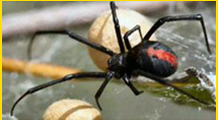
Silverfish
These are wingless, flattened and their bodies taper towards the rear and are covered with fine scales. They have 3 long, feeler-like appendages protruding from the rear of their abdomen, and their antennae are long and slender. They are often found in homes and buildings in Australia, they can occur anywhere in homes, though are mainly found in roof cavities, wall voids and subfloor areas. They prefer starchy materials like wall paper and book bindings, cotton, linens and photos.
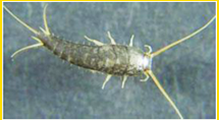
Wasps
Wasps are nuisance pests, due to the fact that they sting indiscriminately. It is advisable to remove them from the immediate living environment. Wasps are a diverse group of insects. In Australia alone there are over 12,000 species, ranging from the tiny diapriid wasps, which are barely visible to the naked eye, to the spider wasps and cicada- killer wasps, capable of taking large prey. Most wasps have carnivorous larvae that feed on other insects and spiders. The adults provide food for them by capturing prey or by laying the egg on or near the food source, which might be an egg, larva or pupa of another insect.
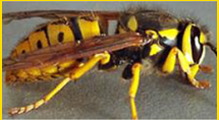
Cockroaches
Are nocturnal winged insects that walk or crawl rather than flying and are seldom seen during the day. Common harborages include cracks and crevices, dishwashers, motors and switches, ovens, microwaves and many other dark, warm or moist places where there is a food supply. Some varieties found in Australia are the Australian cockroach, the American cockroach, the Brown Banded cockroach and the German cockroach. Cockroaches thrive in unhygienic conditions and certain species are carriers of disease organisms, as they live in and around sewer systems, garbage areas, animal droppings and garden manures.
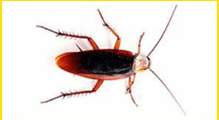
Fleas
Small brown-coloured flat insect 1.5-3.0 mm in length that can travel easily through the hairs of animals. Fleas have piercing and sucking mouthparts used for sucking blood from the host animal. They have strong hind legs for jumping and a claw on their legs for attaching to the host animal which may be a cat, dog, or even a human. Their bite causes severe irritation.
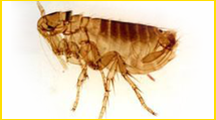
Rodents
The main pest rodents are the Norway rat, the roof rat and the house mouse. These creatures are mainly active at night when they look for food and water and therefore they are seldom noticed during the day. You may be alerted to their presence in the home or workplace by droppings or stains caused by urinating. They must gnaw frequently to ensure their teeth are short enough to feed. Rats may be very noisy and homeowners may mistake their playing and fighting for other larger animals such as possums.
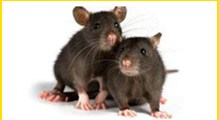
Ants
Small social insects which live in nests or colonies, which may be under paths, in pot plants, wall cavities, under houses or in roof voids. They are considered nuisance pests as they enter the home searching out food. They may also eat excretions from bugs that eat plants.
An ant has three body segments and they are the head, thorax and abdomen. For most people ants only become a problem when they enter buildings in search of food and water or when they build their nests in buildings or gardens.
Ants can be attracted to a wide range of foods with different species having preferences for sugars, proteins, fats and oils. During extended dry periods they will also search for water. In many species once an individual has found a desirable item it will return to the nest and recruit nest mates to help gather the food. This can result in large numbers of ants rapidly appearing around an item, sometimes with long trails of ants between the nest and the item of interest.
Some ants will build nests in walls and foundations, indoor potted plants, and small spaces between fittings and walls. In nearly all cases, the ants are using pre-existing spaces or taking advantage of existing deterioration. Ants generally do not cause structural damage to buildings. A few species will occasionally attack electrical wiring for unknown reasons, and in these situations extensive damage can occur.
Outdoors, nesting can result in soil being deposited on gardens, around pots and between tiles and brickwork resulting in a mess but little damage. However, some species can form nests with large numbers of chambers just below the soil surface causing the soil to become soft and uneven.
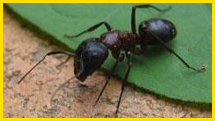
Lawngrubs
They are like a caterpillar, usually brown to dull grey, with black stripes on their body, size from 10mm to 30mm long, they are mostly active at night, feeding on the leaf blades of your lawn. They can devastate an entire lawn in 2 - 3 nights. Patches of brown or thinning turf - may suggest there is grubs present, however you need to use one of the methods below to be sure.
A visual inspection of the leaf blade can be an effective method, you will actually see holes or part of the leaf missing like chew marks, in bad infestations there will be very little or no leaf at all to see.
Use a hose to flood an area, they will come crawling out to the leaf tips, do this in a healthy part of the lawn near infected patches as they prefer the greenest areas.
Try pouring a bucket of soapy water over your lawn & look for them.
Check under the eaves of your house for furry brown patches these are moth eggs waiting to hatch.
Try parting the leaf blades and look for an accumulation of fresh small green pellets of excrement, these are their droppings.
If there are orange / black wasps "The Ike Newman Wasp" (Leptobatopsis Indica) flying over your lawn, this will usually indicate that there are grubs present, as the wasp is looking for a host to lay its eggs
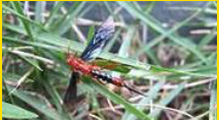
Termites
Termites can cause serious damage in terms of the look of the house by destroying furniture, wallpaper, carpets, books, valuable documents, clothing and other items that contain plant fibre.
Termite OR Ant?
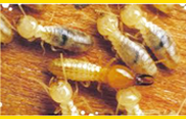
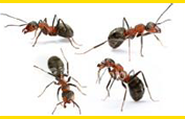
Termites have two pairs of wings of almost equal length (front and back wings); Ants have two pairs of wings but the forewings are much larger than the hind wings; Termites have relatively straight antennae while ants have an elbowed type of antennae; Termites have a thick waist and ants have a narrow waist.
Termites can cause serious damage in terms of the look of the house by destroying furniture, wallpaper, carpets, books, valuable documents, clothing and other items that contain plant fibre.
Termites while relatively harmless to humans, enjoy fine dining on your home.
With an appetite for timber that just won't go away, they are known to cause thousands of dollars to your home if left to their own devices. For you peace of mind, have Noosa Pest Control check your home for termites, as early detection can prevent devastating outcomes in the future. Therefore we at Noosa Pest Control recommend regular termite inspections on your premises, at least on an annual basis.
If you think you have found termites, do not disturb them or remove any timber, or spray with any chemicals, but call us immediately to organise a termite inspection and report and to advise on Termite inspections
Treatment for active termites
Termite dusting is a great termite eliminating method. When there is sufficient activity, the termites are dusted, resulting
in the termites tracking the dust back to the nest, passing dust onto others which results in the nest being destroyed.
A chemical barrier can be installed when activity has ceased treatments. We at Noosa Pest Control use a variety of equipment
to aide in detection during inspections.


Subfloor ventilation
Subfloor ventilation is important when it comes to your family's health and the health of your home. This prevents dampness and the formation of moulds.
Sub-floor damp is very common and when not treated correctly could have a very damaging effect on your home.
When the ground beneath your home is damp it replaces moisture, mould spores and smells into the air. If this air is trapped beneath your floor it will be evaporated through your timber floor into the living space. This evaporation can cause a number of problems to occur:
-
Timber floors to warp, bow and rot
-
Mould growth on furniture, clothes, shoes, walls ceilings and in cupboards
-
Damp musty smells
-
Implications for asthma and allergy sufferers
-
Termites love damp dark sub-floor areas to breed and build their tracks up into your home to feed on the timber in your floors walls and roof.
All of these problems can be very expensive to fix and may adversely affect the value of your property. We at Noosa Pest Control can advise you on the best method of treatment to prevent this condition and improve your lively hood.
Inspections
We at Noosa Pest Control strongly recommend annual termite inspections to protect your biggest asset, your home.
The Building Code of Australia requires all new buildings to have a termite barrier installed during construction.
Termite barriers aid in the detection of termites by forcing termites into an inspection zone. This prevents termites from
gaining concealed entry into a building.
If you think you have found termites, do not disturb them or remove any timber, or spray with any chemicals, but call us
immediately to organise a termite inspection and report to advise on treatments. We at Noosa Pest Control use a variety of equipment to aide in detection during inspections.
The home owner can discourage termites by remembering these facts:
-
Termites are attracted to timber, so remove potential termite food away from your home this includes underneath the house - Termite food source can include timber stacks (fire wood), old stumps, building refuse, garden decoration such as sleepers and logs,fence fixing posts.
-
Timber can be treated to prevent termite attack, and some timbers are naturally resistant - use treated or naturally resistant timber when it is in contact with, or close to, soil.
-
Termites are attracted to moisture, so fix leaking water pipes, drains, showers, sinks etc, plus direct overflow pipes from air
conditioning units and hot water services to stormwater system. -
Termites are attracted to humid conditions, so keep air under the house dry by improving sub-floor ventilation, drainage and access.
-
Some termite colonies can be located - it is possible to eliminate colonies by killing the reproductive. (King and Queen)
-
Arrange regular inspections - at least once a year sometimes twice a year in warmer areas.
-
Inspect during periods of high termite activity - early spring to late summer is generally the best. Keep the edges of the house (slabs, foundation, piers and stumps) clear of clutter, including garden beds and vegetation.
-
Six monthly inspections are recommended in high risk areas. We have a wide range of products to deal with termite infestations.
Pre construction
Are you thinking of selling your house? Don't want extra dramas when a purchaser is found?
Why not have a termite inspection carried out prior to listing it with a Real Estate Agent. This can save a lot of heart ache if a purchaser is found but the sale falls over due to active termites in or around the house and a list of recommendations. Potential purchasers often use these as tool to reduce the price of the house.
The home owner can discourage termites by remembering these facts:
Termites are attracted to timber, so remove potential termite food away from your home this includes underneath the house - Termite food source can include timber stacks (including fire wood), old stumps, building refuse, garden decoration such as sleepers and logs and fence fixing posts.
Timber can be treated to prevent termite attack, and some timbers are naturally resistant - use treated or naturally resistant timber when it is in contact with, or close to, soil.
Termites are attracted to moisture, so fix any leaking water pipes (including storm water pipes), drains, showers, sinks plus direct overflow pipes from air conditioning units and hot water services to storm water system.
Termites are attracted to humid conditions, so keep air under the house dry by improving sub-floor ventilation, drainage and access.
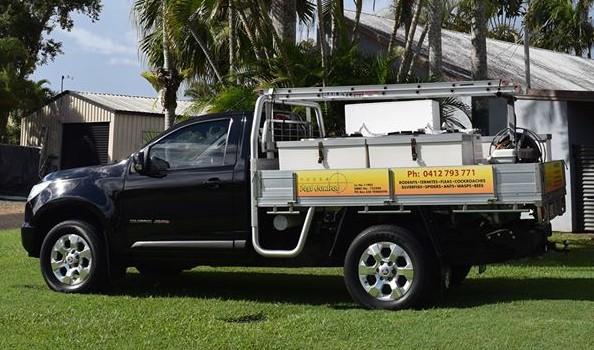
© Copyright Goldflowz Pty Ltd T/a NOOSA PEST & TERMITE CONTROL
